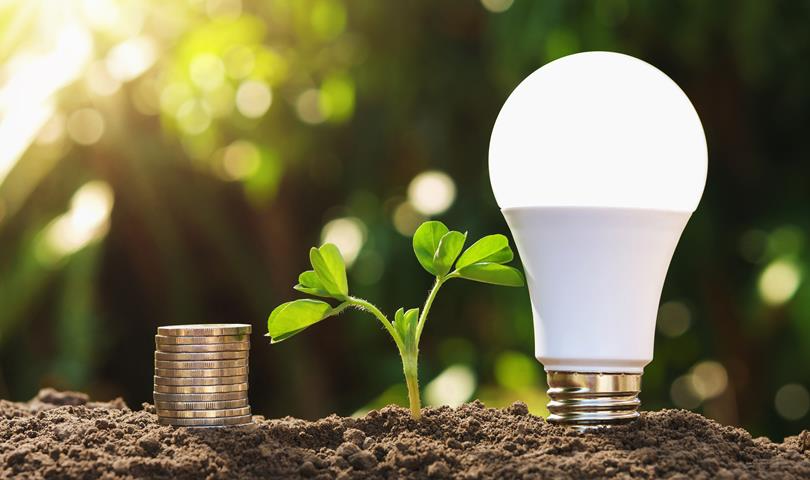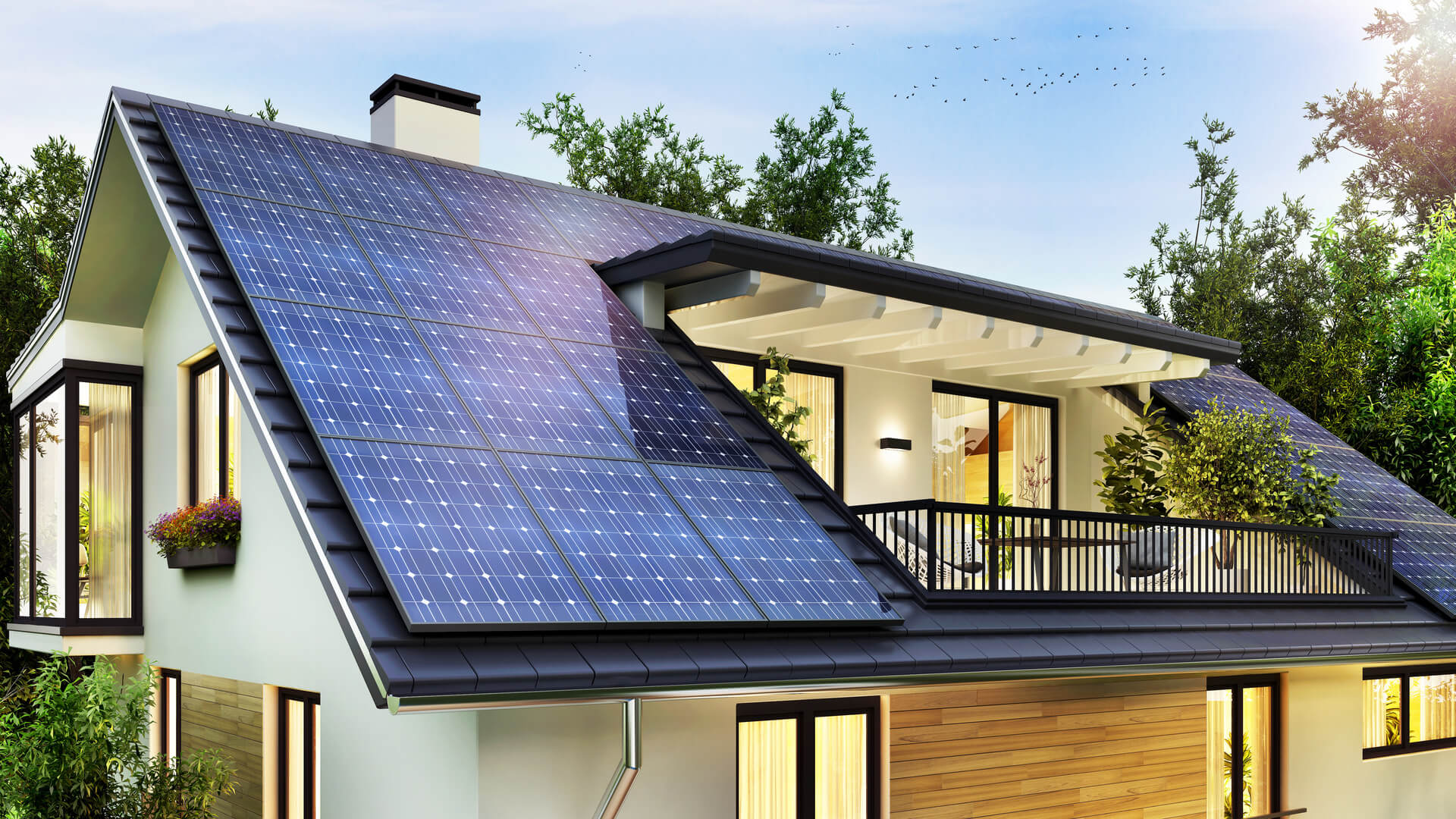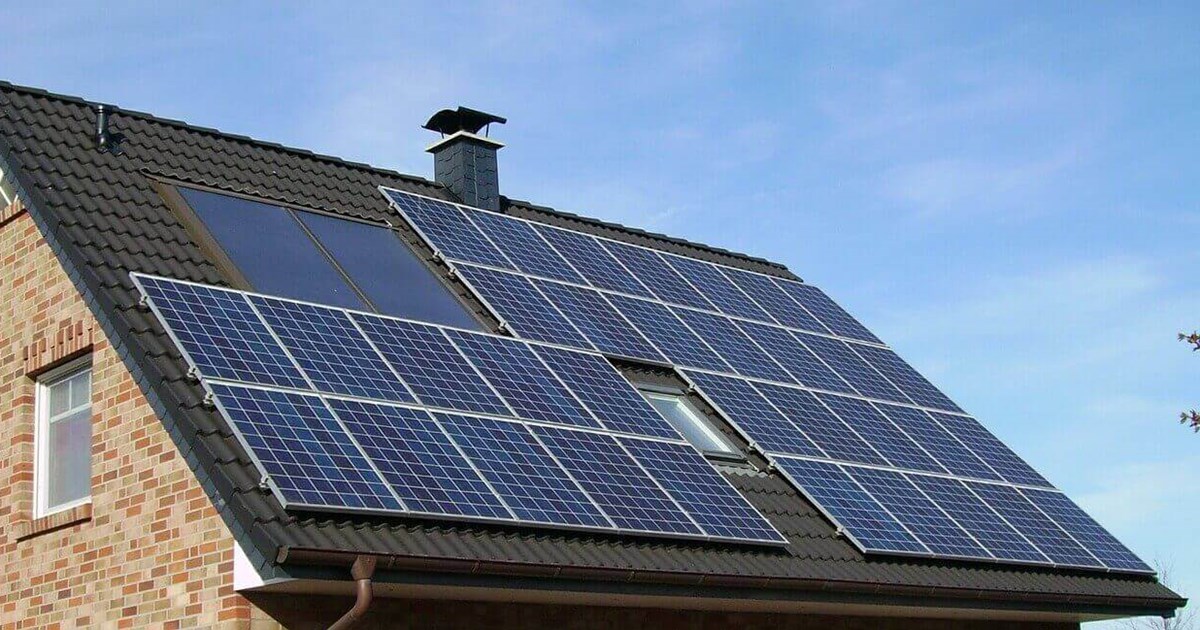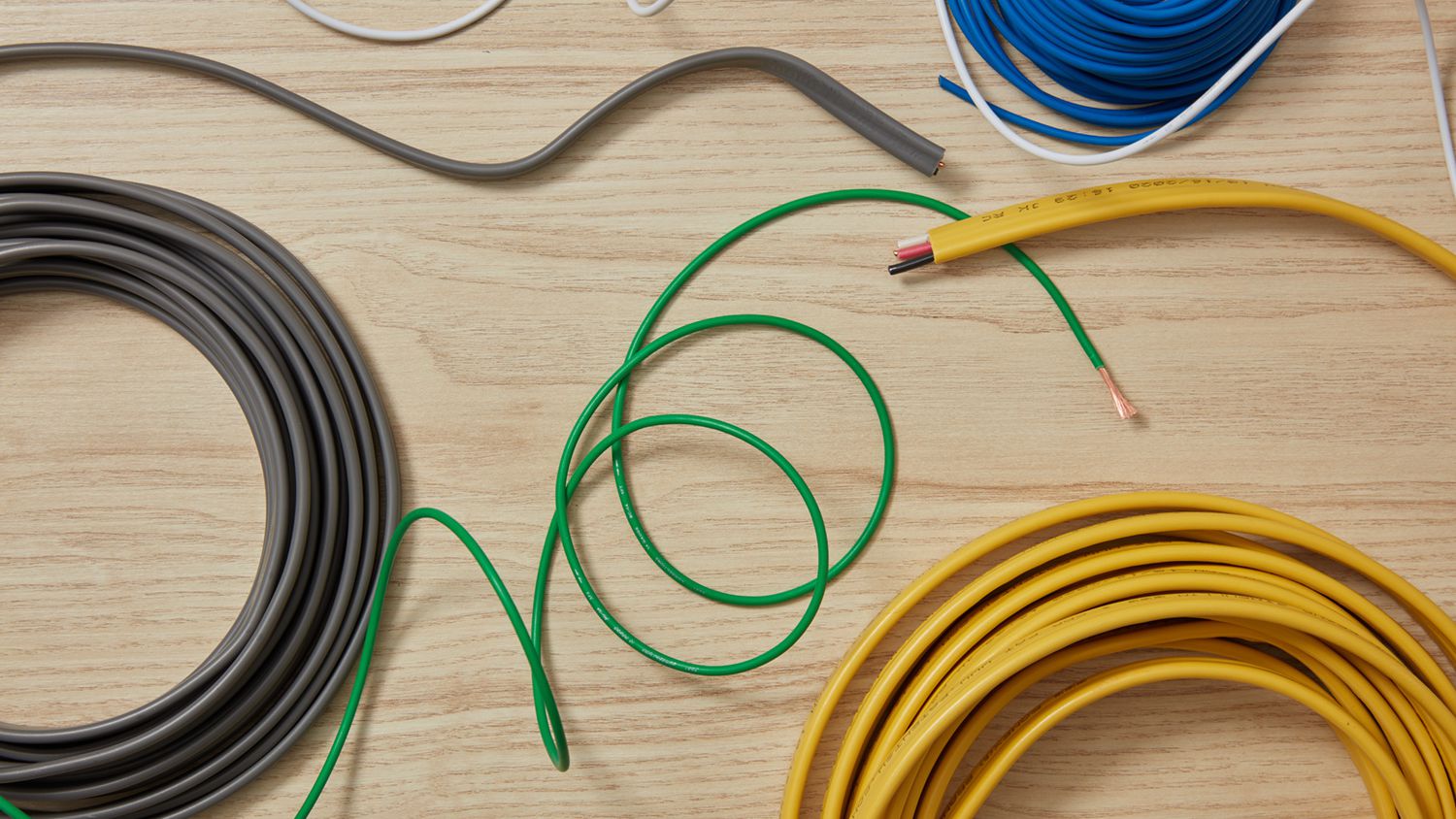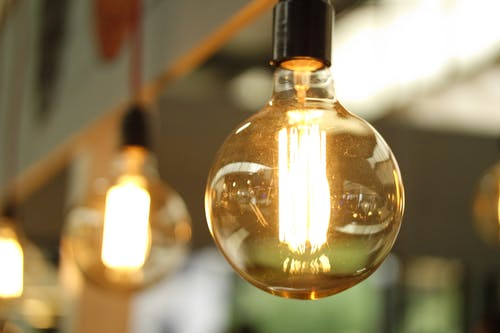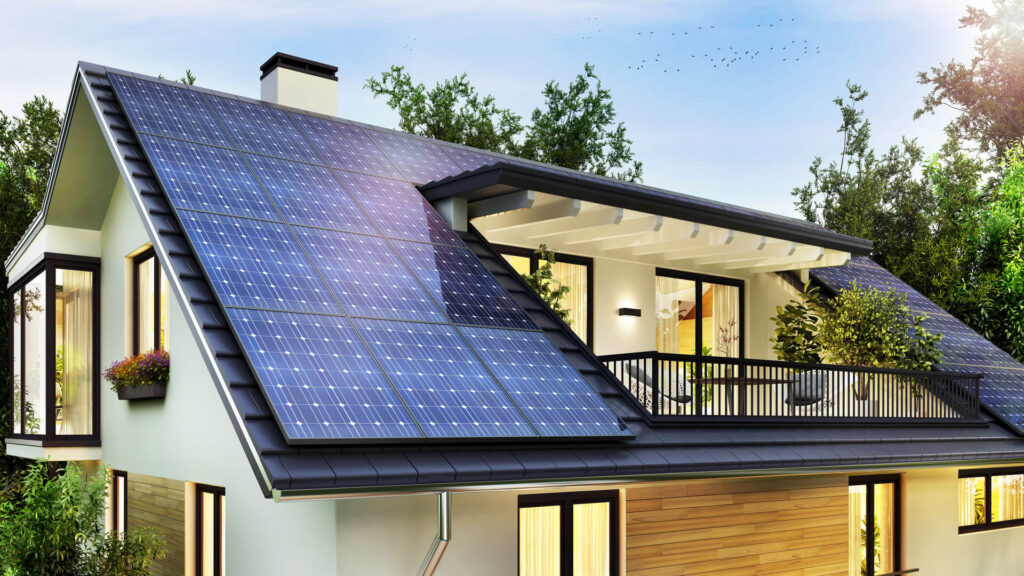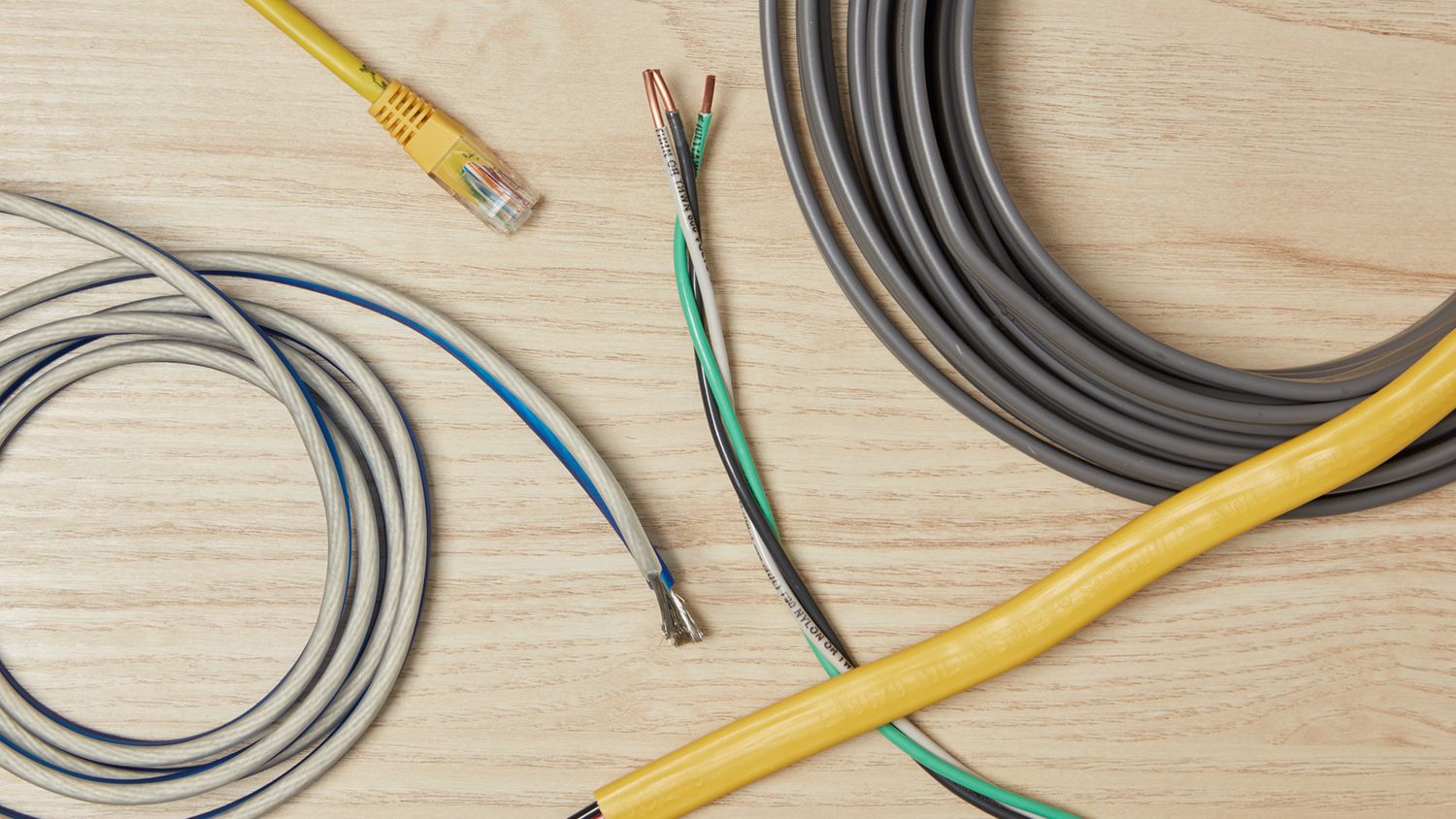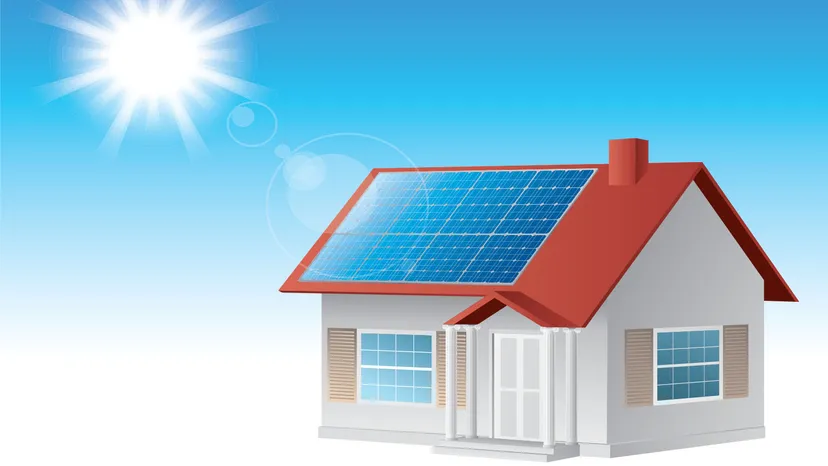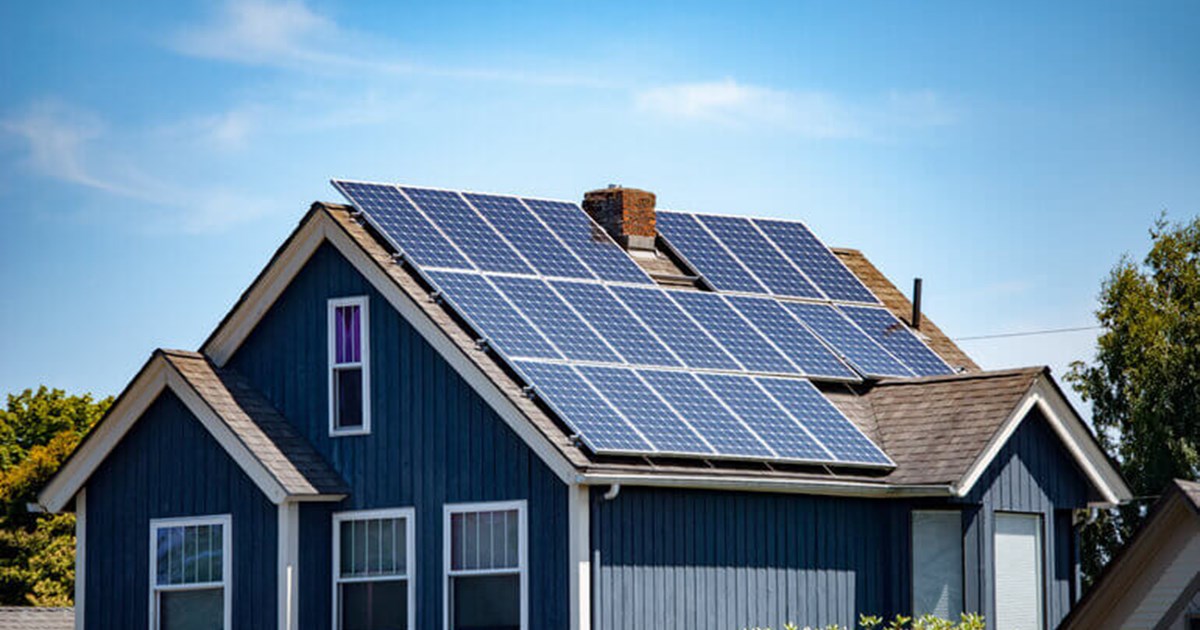Methods To Save Electricity At Home In The U.S
You can save money and help the environment by making your home use less energy. At first glance, all these appliances and light bulbs may not seem like much, but they quickly add up. Saving energy at home cuts down on the amount of energy your household needs, which in turn cuts down on the need for harmful fossil fuels. You will also spend less on your bills for utilities.
Electricity use is still a significant environmental problem in many parts of the world. Still, oil, natural gas, and coal are used to make most of the world’s electricity. The fuel for this kind of power generation comes from below the earth’s surface, which usually requires drilling and mining.
According to the International Energy Agency, most of the increase in emissions in 2018 came from coal-fired power plants. (IEA). 30% of the world’s CO2 emissions come from power plants that use coal as fuel.
Even though electricity is cleaner than other forms of energy, saving energy helps the environment. Even though countries like the UK have made much progress toward greener electricity, saving energy is still very important.
By December 2020, nearly 40% of the electricity made in the United Kingdom will come from renewable sources. At the same time, the United States has 20 percent, which is lower but getting better.
On the other hand, nonrenewable power plants keep going up all the time to meet peak demand. In the winter, we use it to heat our homes, and in the summer, we use it to run our air conditioners.
By using less energy at home, we can all play a small but essential part in reducing the amount of electricity needed. And every bit of energy we save at home helps reduce demand, lowering CO2 emissions.
Look Out For Appliances That Use A Lot Of Electricity
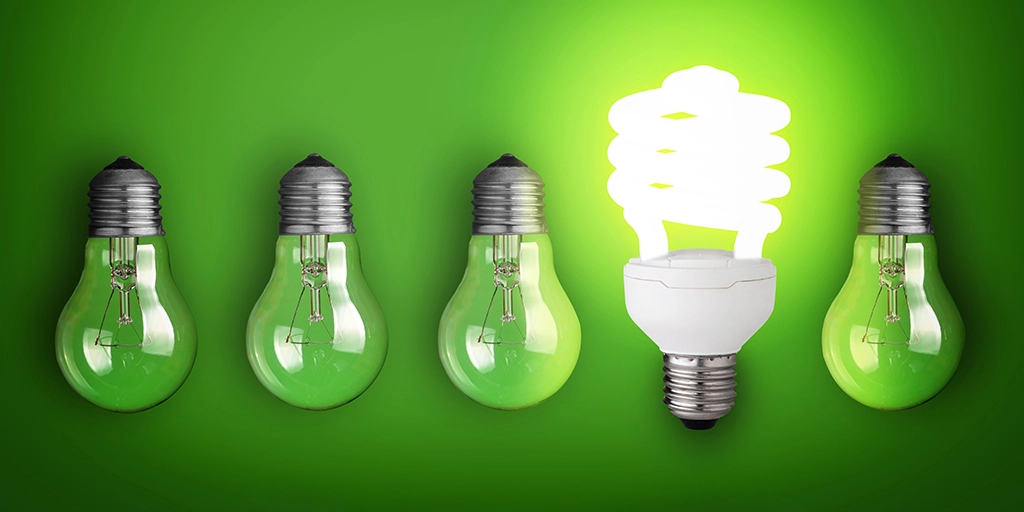
A quick walk around your house will show you that you have a few things plugged in that you aren’t using. Standby electrical appliances include TVs, computers, and video game consoles. While waiting to be used, many appliances utilize a modest amount of electricity. To save electricity and energy, turn off the lights when you’re not using them.
If a device has a “standby” setting or a small light that stays on while it’s not being used, you can tell it’s wasting power. Turn them off at the wall to save energy when you’re not using them.
Even though the amount of electricity they use might not seem like much, it all adds up to your electric bill in the long run. Keep an eye out for old equipment that might not use energy as well as it could.
Smart Power Strips Help Track How Innovative Use Is Used
Even though unplugging and turning off appliances at the wall may be enough, we may forget about another task in our busy lives. Smart power strips will make it easier to save energy and keep track of those appliances that use a lot of power.
An intelligent power strip solves the problem of electronics that use energy even when turned off. You can turn off appliances with a power strip when they are not in use. On the other hand, some models have timers that let you save money on electricity by turning off the power while you’re at work or sleeping.
